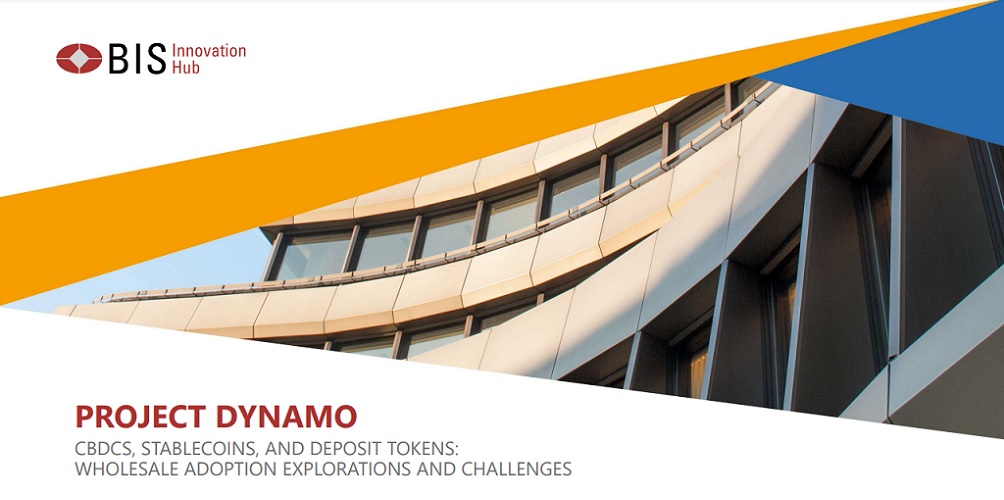
an article written by Panagiotis Kriaris, Head of Business Development at Unzer and keynote speaker at BANKING 4.0.
Can Stablecoins hold the answer to one of the biggest challenges – and at the same time opportunities – in financial services today? Let’s take a look.
According to IFC 65 million firms, or 40% of formal micro, small and medium enterprises (MSMEs) in developing countries, have an unmet financing need of $5.2 trillion every year, which is equivalent to 1.4 times the current level of the global MSME lending! One of the main reasons that this huge financing gap still exists, even though everyone acknowledges the untapped potential and opportunity has to do with the structure of the modern financial system.
Funding is mainly funneled via banks and a very large portion of small businesses do not meet their risk criteria due to:
1. The inherent complexity of SMEs
2. A lack of understanding of their needs from formal lenders, which is a direct result of limited credit modeling sophistication (i.e. granular segmentation) that makes it very costly to service them
3. Unavailability of formal data points based on which banks build their credit models
Supply chain financing (SCF) has long been heralded as a solution for covering part of the gap, however it has not managed to address suppliers across the entire value chain and particularly those at its lower end.
An ambitious project called Dynamo has tried to turn the problem on its head by using blockchain to address the main challenge of the traditional SFC flow: trust. Lack of trust is the main reason why all these intermediaries (basically banks) exist in the flow in the first place. They make sure that payment is made only when all conditions are met.
Here’s is the new approach:
— Digital Trade Tokens (DTTs) – basically stablecoins minted on Ethereum public blockchain – become the means of payment.
— Funds behind the DTTs are ringfenced in the sense that they are only converted to cash when conditions are met (i.e. delivery of goods).
— Conditions are coded on smart contracts on blockchain and payments are automatically executed once the pre-set conditions are fulfilled.
— The buyer sends the DTTs to the supplier, but until proof of delivery is there the supplier doesn’t have access to real money but has a number of options 1) keep DTTs and wait until proof of delivery 2) Use DTTs (i.e. sell them) as a means to get funding (factoring mechanism).
— The process works exactly the same if suppliers further down the value chain end up with the tokens. They have the same (sell or hold) options and DTTs are converted to cash once the set conditions are met.
— Given that each shipment is unique, DTTs are non-fungible, meaning that they are non-interchangeable and can’t be replaced.
Although the project involved several drawbacks (i.e. regulation, privacy, integration costs, fluctuating gas fees) that need to be addressed, the idea of connecting programmable payments with trade finance is very promising.

Banking 4.0 – „how was the experience for you”
„To be honest I think that Sinaia, your conference, is much better then Davos.”
Many more interesting quotes in the video below: